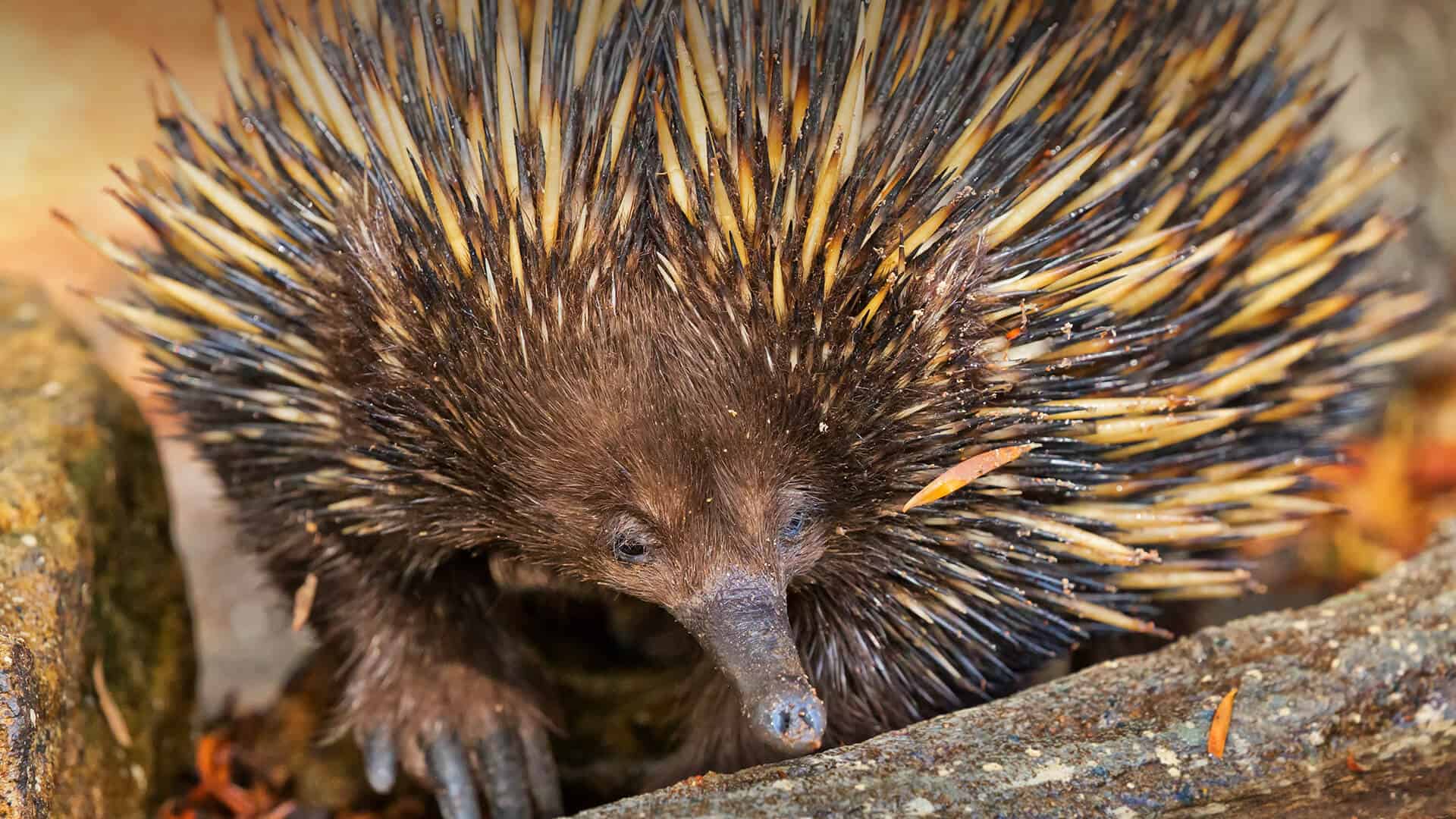Understanding the Echidna Family: A Complete Guide for Parents
Hello, curious parents and budding wildlife enthusiasts! Get ready to embark on a spiky adventure as we dive into the world of echidnas, those adorable, egg-laying mammals from Down Under that are shrouded in mystery. This comprehensive guide is crafted with love to provide you with all there is to know about the echidna family so you can share fascinating facts and nurture a love of wildlife in your children.
What is an Echidna?
First off, let’s meet the star of this guide. An echidna (ih-KID-nuh), also known as a “spiny anteater,” is a monotreme—a rare breed of mammal that lays eggs instead of giving birth to live young. Along with their cousin, the platypus, echidnas are the only mammals that boast this unusual reproduction method. With their spiky exteriors and snuffling snouts, echidnas are as intriguing as they are cute!
Unpacking the Echidna Family Tree
The echidna family, scientifically known as Tachyglossidae, comprises four existing species: the short-beaked echidna and three species of the long-beaked echidna. Let’s zoom into their habitats and characteristics:
- Short-beaked echidna (Tachyglossus aculeatus): This little critter is the most widespread member of the family, calling Australia and New Guinea home. It’s known for its diet of ants and termites, hence the nickname “spiny anteater.”
- Western long-beaked echidna (Zaglossus bruijni): This species is native to New Guinea and is recognized by its elongated snout, which is perfectly designed for snatching up worms.
- Sir David’s long-beaked echidna (Zaglossus attenboroughi): Named after the renowned naturalist Sir David Attenborough, these rare echidnas are also New Guinea natives.
- Eastern long-beaked echidna (Zaglossus bartoni): Another species from New Guinea, it thrives in various habitats and has a slightly curved beak.
Each of these species boasts distinctive features, but they all share a common charm that’s sure to captivate you and your little ones!
Physical Characteristics of Echidnas
Now let’s talk about what makes echidnas stand out in the animal kingdom—their physical traits. Echidnas have robust, spiny coats that serve as a formidable shield against predators. Below their spikes, they sport a layer of fur that can range in color from honey to dark brown and helps regulate their body temperature.
A curious feature of echidnas is their snout. It’s not only their nose but also serves as part of their mouth! They have tiny mouths and no teeth, instead relying on a special sticky tongue to capture their prey.
Their stubby legs and strong claws make them excellent diggers, able to burrow into the ground or tear apart logs and termite mounds in search of food. But don’t let their clumsy waddle fool you—when necessary, they can skedaddle surprisingly fast to safety!
Echidnas’ Unique Reproductive Habits
One of the most fascinating aspects of echidnas is their reproduction. Female echidnas lay a single, leathery egg about 22 days after mating. This egg is then carefully placed in the mother’s pouch (yes, they have a pouch, similar to a kangaroo!). After hatching, the baby echidna, called a “puggle,” stays in the pouch, feeding on its mother’s milk for several months.
A fun fact to share with the kids: echidna milk is sometimes pink! It is secreted from special glands in the mother’s pouch, as echidnas do not have traditional nipples.
Understanding the life cycle and habits of these extraordinary creatures can be a fun and educational journey for the entire family. Dive into the world of the echidna family with us as we explore their diet, habitat, and the current conservation status that underlines the importance of protecting these amazing animals.
Ready to continue the adventure? Keep reading as we uncover more incredible details about these spiky, egg-laying wonders of the animal kingdom and learn why the echidna family is a fantastic topic for family learning and discussion.
Stay tuned as we delve into the diet of the echidna, unravel their mysteriously solitary lifestyle, and reveal what makes them such an integral part of their ecosystem. The echidna’s journey is a tale of survival, adaptation, and the sheer uniqueness that nature offers—a story worth telling and exploring with your loved ones. Let’s go!

5 Things Parents Should Know When Preparing for Echidna Family Discovery
1. Echidnas are Mostly Solitary
Echidnas are somewhat reclusive and prefer a solitary lifestyle, so it’s important to explain to children that these creatures enjoy their space. They might not see groups of echidnas hanging out together, as they come together only during breeding season.
2. They Have Unique Defense Mechanisms
If cornered by danger, echidnas can dig themselves into the soil or curl up into a ball, leaving only their spines exposed—an excellent lesson in nature’s defense strategies. Explain to your children why it’s crucial to respect wildlife and observe from a distance to prevent scaring these sensitive animals.
3. Echidnas Need Our Protection
Discussing conservation efforts can be pivotal. Echidnas face threats such as habitat loss and predators like feral animals. Encouraging kids to care for the environment contributes to the protection of these unique species.
4. They are a Puzzling Scientific Study
Echidnas have puzzled scientists due to their primitive mammalian features and unique traits. Use the interest in echidnas to promote critical thinking and the wonders of scientific discovery.
5. Echidnas Have Special Diets
Echidnas have a specialized diet mainly consisting of ants and termites. Their foraging behaviors can be a jumpstart into lessons about food chains and the role each animal plays in the ecosystem, opening a conversation about biodiversity.
Echidna Diet and Foraging Behavior
Echidnas have a peculiar diet focused primarily on ants and termites. But, they are also known to eat worms and insect larvae. This carnivorous diet is accessible thanks to their keen sense of smell and long, sticky tongue which can be up to 18 cm (7 inches) long—perfect for reaching into narrow spaces where prey might hide.
Parents can turn mealtimes into fun learning activities by drawing parallels between human food choices and the echidna’s specialized diet. It’s an opportunity to discuss nutrition, the animal food chain, and how all living creatures have their role to play.
Echidnas in Their Natural Habitat
Echidnas are adaptable and can thrive in a range of environments, from forests to deserts. The short-beaked echidna in Australia is even known to survive bushfires by hiding in burrows or logs, an adaptation skill that sparks conversations about resilience and adaptation.
Teaching children to appreciate animals in their natural habitats can instill a lifelong respect for the wilderness and the myriad creatures that call it home. Take the opportunity to visit local zoos or wildlife sanctuaries where echidnas are featured to see these amazing adaptations in person.
Current Conservation Status and Future Outlook
Fortunately, echidnas are not currently listed as endangered, but they are protected under various laws. Human activities do affect their survival, making it imperative to continue conversation efforts to ensure these unique creatures are around for generations to come.
Introduce children to the concept of “conservation” and discuss how they can take part in protecting the environment. Simple actions such as recycling, participating in local cleanups, and planting native flora can make a big difference.
Learning about echidnas is more than discovering a unique animal; it’s about nurturing awareness, respect, and responsibility towards all living things. By doing so, you’re not only enriching your child’s knowledge but also instilling values that helm the future of our planet.
What a thrill to share the wonders of the echidna family with your little ones! Keep exploring, keep learning, and let your family’s journey into the animal kingdom be an enriching trail of discovery and joy. The Echidna’s story is ongoing, and together, we can help write its future—one informed step at a time!
For more great fun click here. For more information see here
Disclaimer
The articles available via our website provide general information only and we strongly urge readers to exercise caution and conduct their own thorough research and fact-checking. The information presented should not be taken as absolute truth, and, to the maximum extent permitted by law, we will not be held liable for any inaccuracies or errors in the content. It is essential for individuals to independently verify and validate the information before making any decisions or taking any actions based on the articles.




